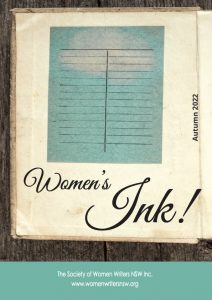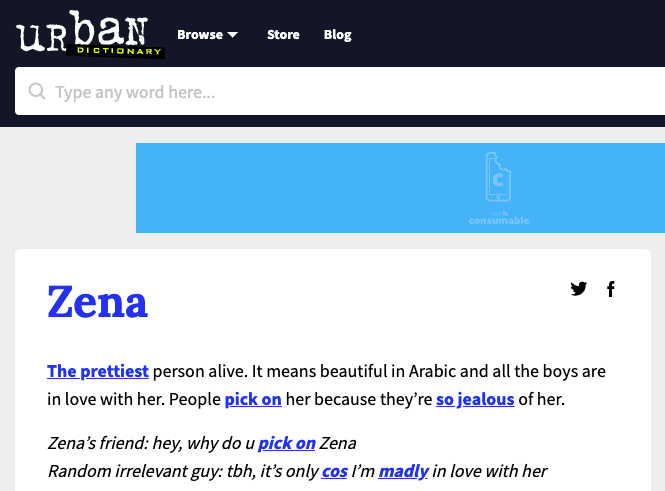This month, editor extraordinaire of Women’s Ink Magazine Jacqui Brown invited five authors – including me! – to talk about how we name our characters. Kristin Darell, who co-authored Into Tordon with me, was also featured; as was Valerie Pybus, Anne Benjamin and Australia’s climate fiction queen Cat Sparks.
Our answers were as various as the genres in which we all write, but the one process we had in common was: research. Whether it’s a top 100 name list for a time or place, websites offering explanations of names, an encyclopaedia, or checking a name’s cultural authenticity, we all put considerable effort and thought into our characters’ names.
For me, one of the most important things is to make sure readers don’t get confused between characters’ names. For this reason, I make an alphabetised list of names I use in each story, to help ensure no two names sound alike or start with the same letter.
Personal association helps too. As I was telling a client during a mentoring session only yesterday, giving characters names that have memories attached to them can help portray them with feeling. It could be a memory of an actual person you know, or a collective memory of a famous person with distinct mannerisms and a certain way of speaking – either way, if they match the personality of the character you’re trying to portray, use their name! At least while drafting the story – you can change anything before publication of course.
I also keep a list of ‘Names To Use’, to which I add names I like the sound of – be that from real life, watching the news, or reading TV and film credits. Sometimes I’ll include a common noun that should be a name. Sometimes I’ll make up a name. But having a list on hand gives me a good starting point for characters.
Checking the root of a name is also a good idea, and I do this with placenames too. From where did the name originate? If I’m creating a fictional world, then the names of the places and people could suggest a certain location, and I may or may not want that.
Finally, I also do a quick search to see if anyone already exists with the same name, either fictionally or in reality. The results could have me swiftly selecting a new name! Perhaps the name is more popular than I thought and my character needs something more unique. Perhaps there are public associations with the name that I’d rather avoid.
There are other aspects to consider too. A character’s name has to suit the genre of your story, making sense with its context and themes. It has to be consistent for readers, which usually means referring to a character by a single name and not switching between variants of that name. Character names need to be easy to pronounce, even in writing, since readers hear their names in their minds. If there are literary devices at play – such as symbolism, onomatopoeia or alliteration – you have to consider the affect of those devices. Might a character be given a nickname and, if so, what? If a character has a first and last name, those names need to sound good together – eg Callum Murray…
There’s some fun to be had with names too – not only are there ‘random name generators‘; but the Urban Dictionary offers humorous definitions for names. The definition of ‘Zena’ is very complimentary, will yours be too?
He he… Try it with your own name!







